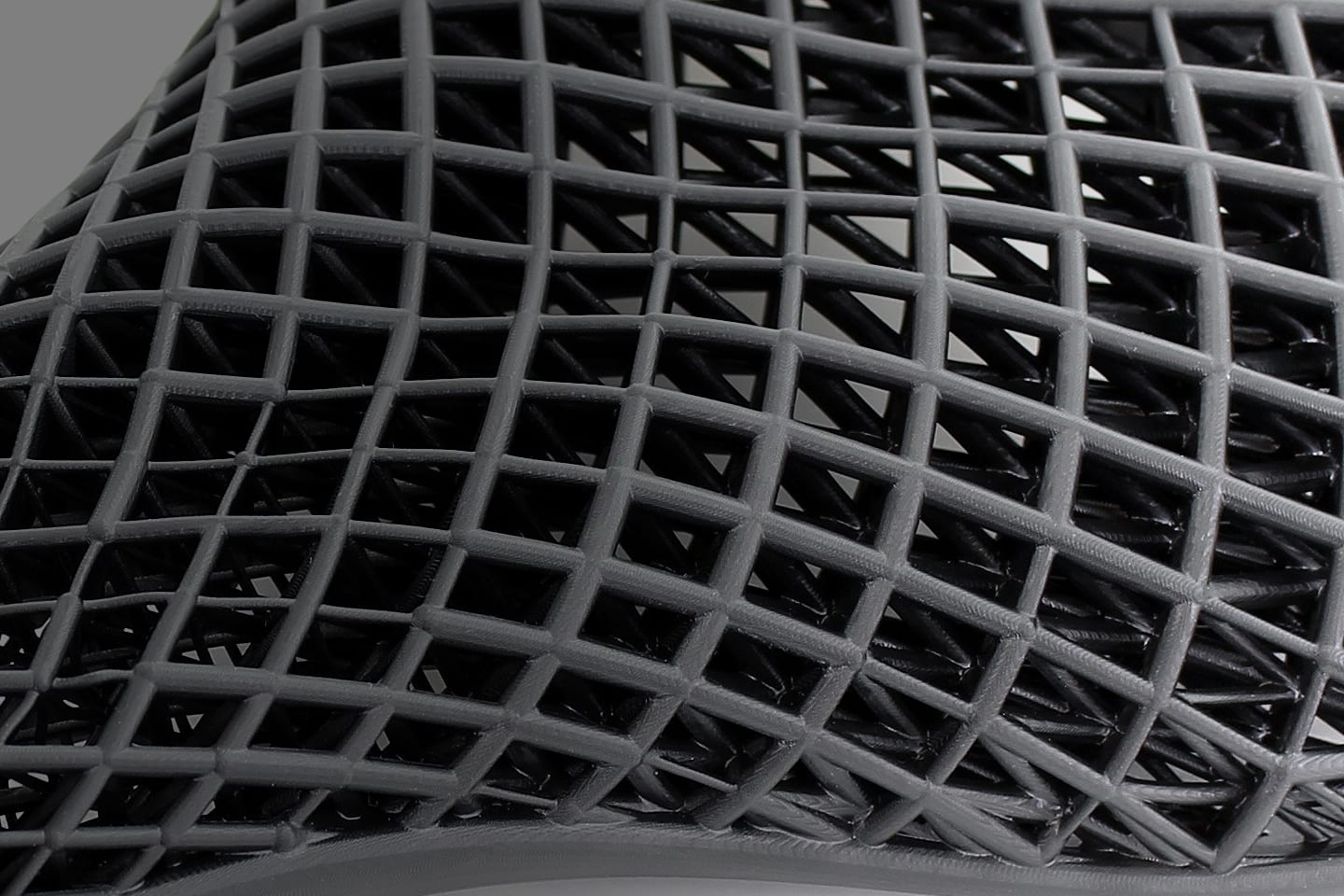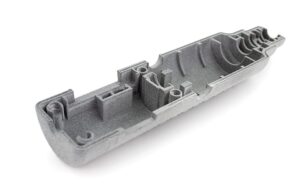

Most are well-acquainted with additive manufacturing (AM) — as a rapid prototyping tool, at least. And while many companies believe and perpetuate the myth that AM is only a prototyping tool, innovators in a range of markets (e.g., aerospace, healthcare, consumer goods and more) are already using AM for production-grade manufacturing when design, performance and cost factors align.
Exploring AM as a means of production opens up design and performance possibilities simply not possible with CNC machining, urethane casting or injection molding. This article will cover how organizations can:


Generally speaking, switching to production-grade AM for a part or product makes sense if there’s potential for adding value through:
There are many benefits to making the switch to AM, but of course there are challenges to consider. Producing a part through AM may mean you’re paying a higher per-part cost than conventional manufacturing. However, those fees can be offset because AM also virtually eliminates the need for warehousing, which is critical because housing inventory can add anywhere from 20 to 25 percent to overall costs of production. Contact us today to learn more.
Forget typical cycle times. We're pushing the boundaries of conformal cooling. While traditional approaches deliver…
Forget typical cycle times. We're pushing the boundaries of conformal cooling. While traditional approaches deliver…
From left to right: Brayden Janak (apprentice); Logan Vifaquain (CNC machining, Programming and CMM); Ron…
SyBridge Technologies is proud to announce we have been awarded the 2023 General Motors Supplier…
Today, designers and engineers are accustomed to working with digital tools in their day-to-day jobs.…
Optimizing Your Injection Molding Process for Cost-Effective Manufacturing Excellence In today’s competitive landscape, manufacturers are…